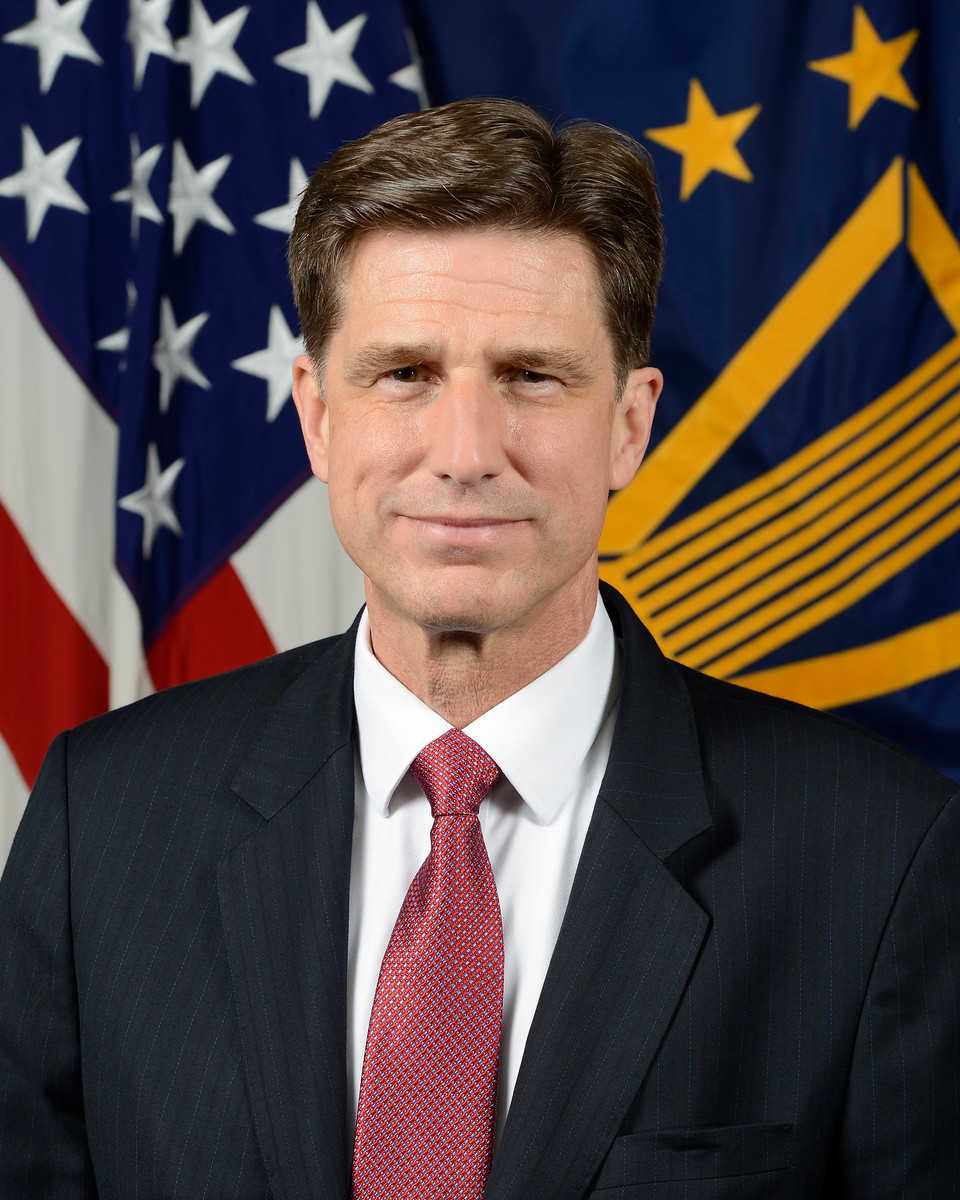

The Defense Department's new cloud strategy, unveiled just a month ago, is essentially meaningless until the multiple controversies around its JEDI contract are...
With the Defense Department’s JEDI Cloud contract at the center of bid protests, a new conflict of interest investigation and now a separate criminal probe, the most important elements of a cloud computing strategy DoD published only a month ago have been essentially frozen in amber.

The key features of the strategy were the concepts of “general purpose” and “fit-for-purpose” clouds. In it, the department said it wanted to move most of its applications and data to the former — JEDI — while also making decisions about which of the mission-specific clouds being built by defense components should be allowed to survive.
But in testimony to the House Armed Services Committee last week, Dana Deasy, DoD’s chief information officer, said all of that work is effectively on hold until the dust settles around JEDI.
“The longer we delay standing up a JEDI capability, the military services are going to need to go solve for mission sets, and they’re going to continue to stand up their own individual environments. I don’t see that as being beneficial over the long term to the department,” he said. “The fine line we’re walking right now is to not impede the need for mission success — where people are standing up [their own] clouds — and as soon as we can, provide clarity to the DoD on when the enterprise cloud will be available and then redirect those activities onto JEDI.”
The strategy the department released on Feb. 4 envisions a universe in which an overwhelming majority of the military’s systems and data are housed in the JEDI cloud, partly because officials believe that is the only reasonable approach to eliminating DoD’s existing IT stovepipes and making its vast data holdings available to the various artificial intelligence algorithms.
At the same time, the DoD CIO is supposed to comb through the roughly 300 cloud projects various DoD components have already begun, and decide which are candidates for the “fit-for-purpose” clouds that won’t fit within JEDI.
But Deasy made clear that neither of those things can happen until the JEDI matter is resolved.
He said he currently believes that up to 90 percent of the new applications the military develops going forward should be designed for cloud architectures, and should be able to operate within the “general purpose” cloud.
“But the big thing hanging out there right now is until we know what that architecture and that cloud’s going to look like, it’s very difficult to start estimation exercises.”
As for the strategy’s promise to begin determining which existing clouds will be allowed to continue operating, that work is also on hold.
“That is something we still have to do,” he said. “Right now, obviously, our focus is to make sure we know what the architecture is going to look like for our general purpose, which will help inform us on things that will stay fit-for-purpose, or move over. I would be surely guessing as to a certain percentage of a number of those 300 that will be migrated onto general versus fit-for-purpose until we understand the overall architecture.”


But the “go-live” date is still highly uncertain.
DoD had initially planned to make a JEDI award by April of this year. But in a legal disclosure last month, Chandra Brooks, the project’s contracting officer, said she is conducting a new investigation into allegations of conflict of interest involving Amazon Web Services and a former DoD employee, Deap Ubhi.
In an affidavit to the Court of Federal Claims, Brooks said even after the investigation is complete, she will wait another 90 days before making an award.
The military services are proceeding on the assumption that something resembling DoD’s JEDI vision will eventually exist, but are not waiting around to begin at least some large-scale transitions to commercial cloud providers.
The Navy, for example, is already in the process of moving some of its largest business systems — including its main enterprise resource planning system and several personnel databases — to the cloud, using its own contracts.
It remains unclear whether those will eventually be deemed “fit-for-purpose” clouds that will survive the JEDI transition, or whether they will be subsumed into JEDI.
“Defining what those are will be key as we move forward,” said Ruth Youngs Lew, the Navy’s program executive officer for enterprise information systems. “We have a couple of Navy cloud contracts right now, but those are intermediate steps. Our plan is to fully transition to JEDI at some point in the future, when they get it awarded.”
Copyright © 2025 Federal News Network. All rights reserved. This website is not intended for users located within the European Economic Area.
Jared Serbu is deputy editor of Federal News Network and reports on the Defense Department’s contracting, legislative, workforce and IT issues.
Follow @jserbuWFED
